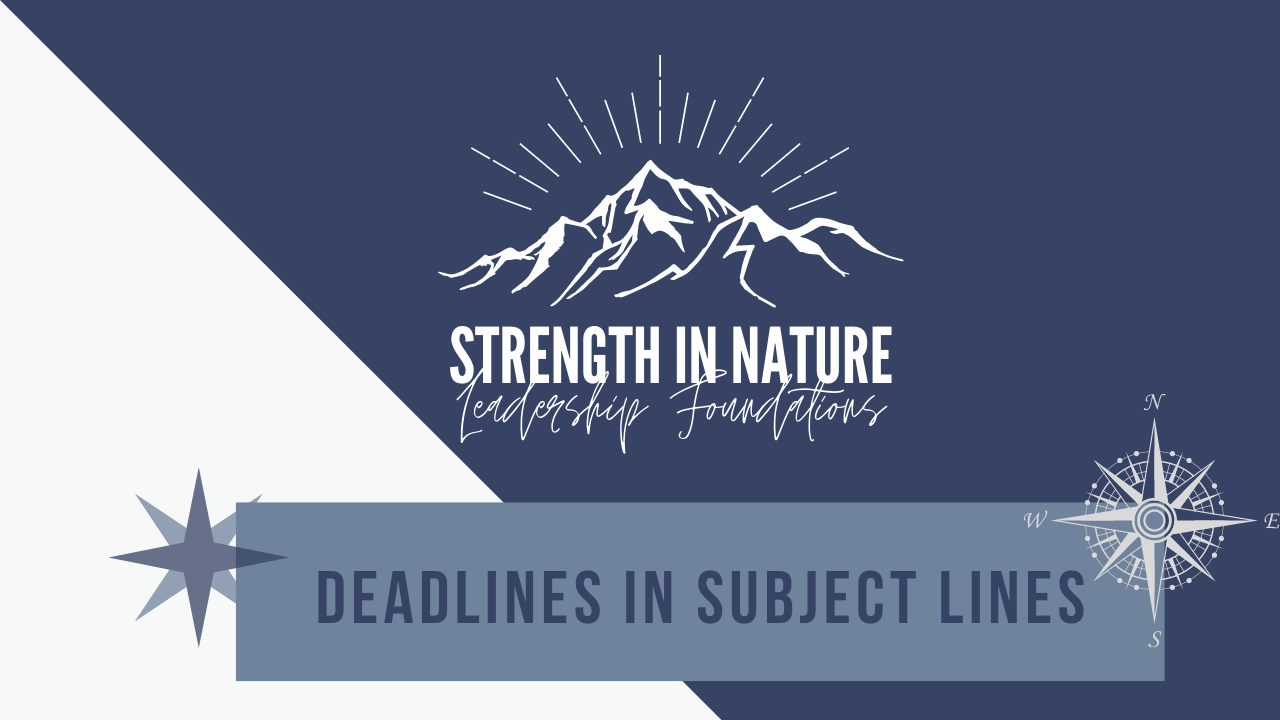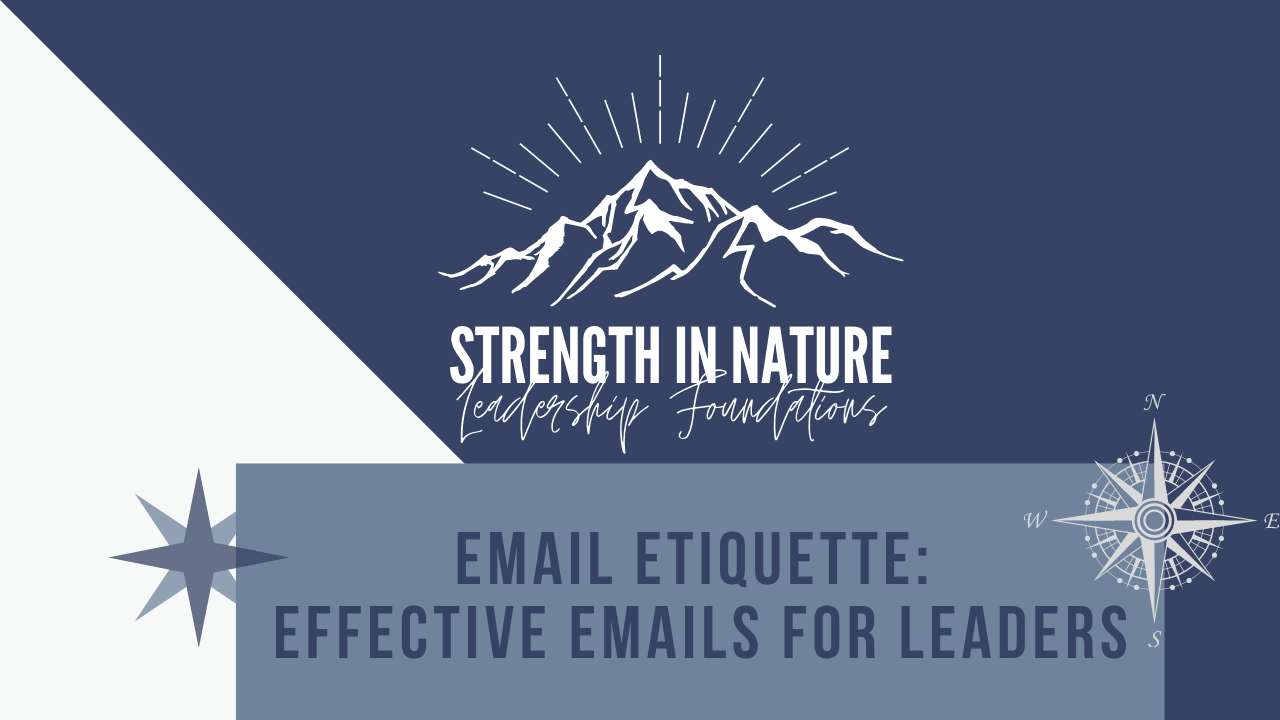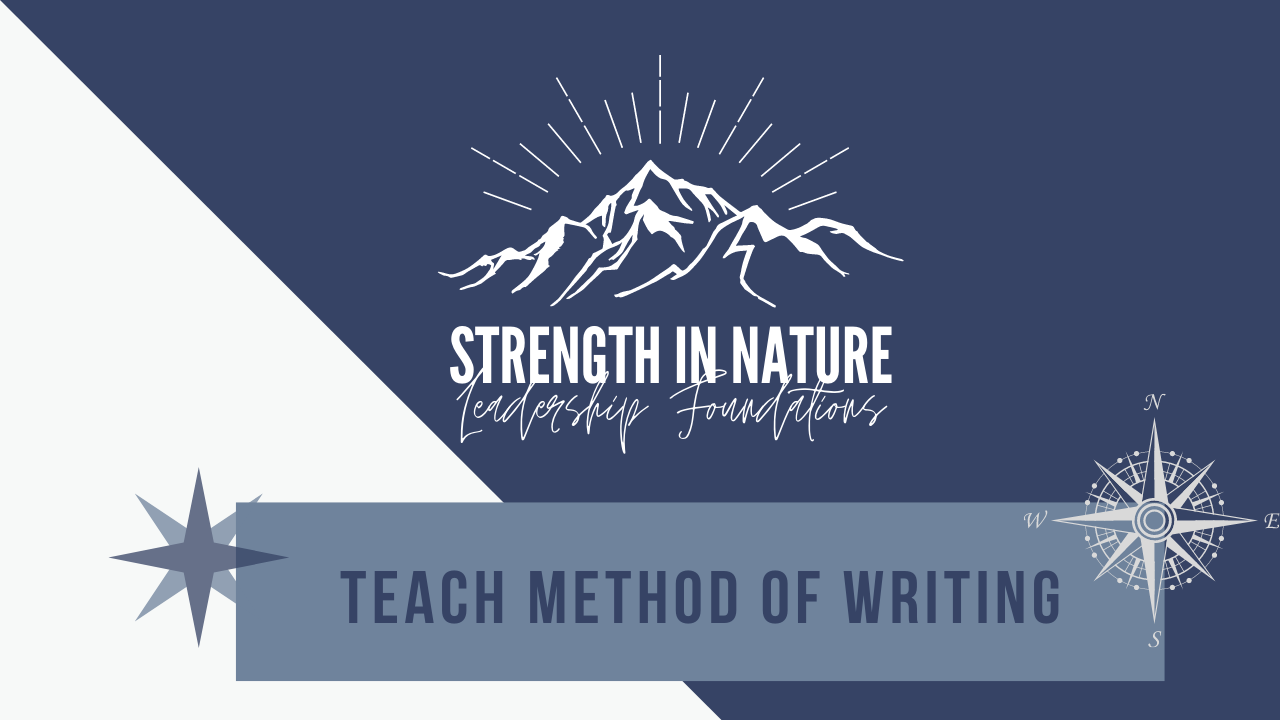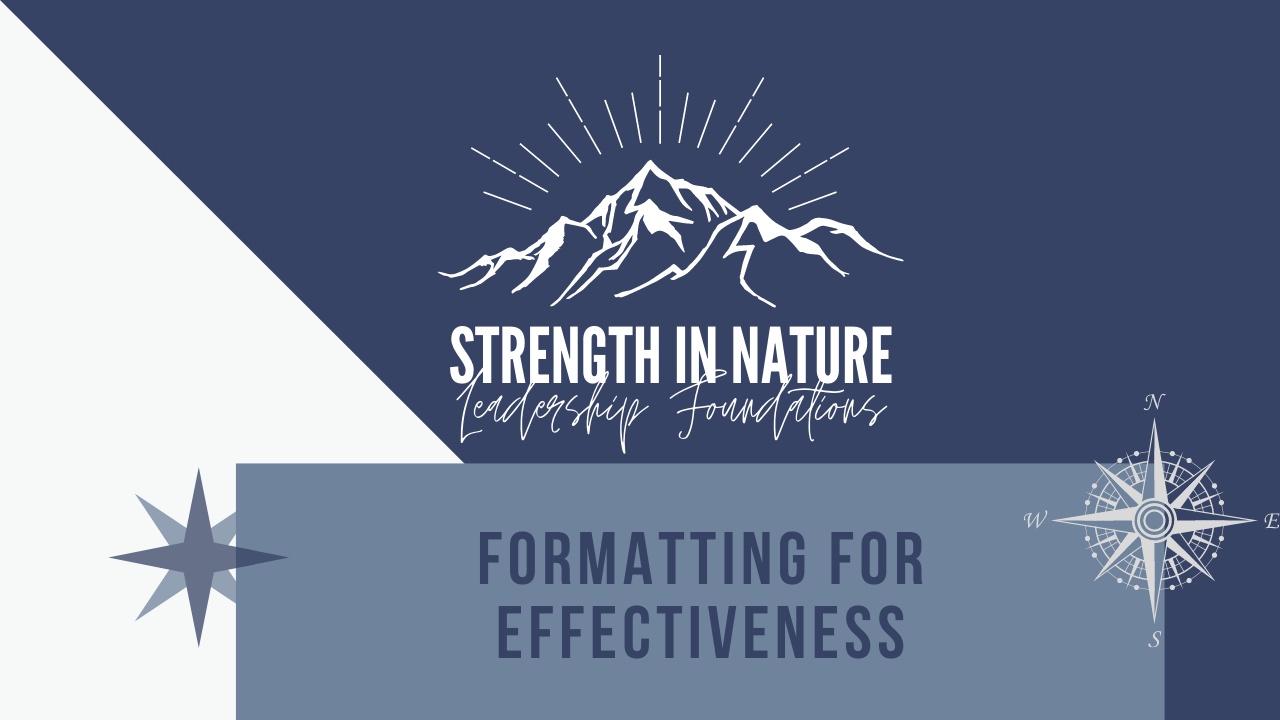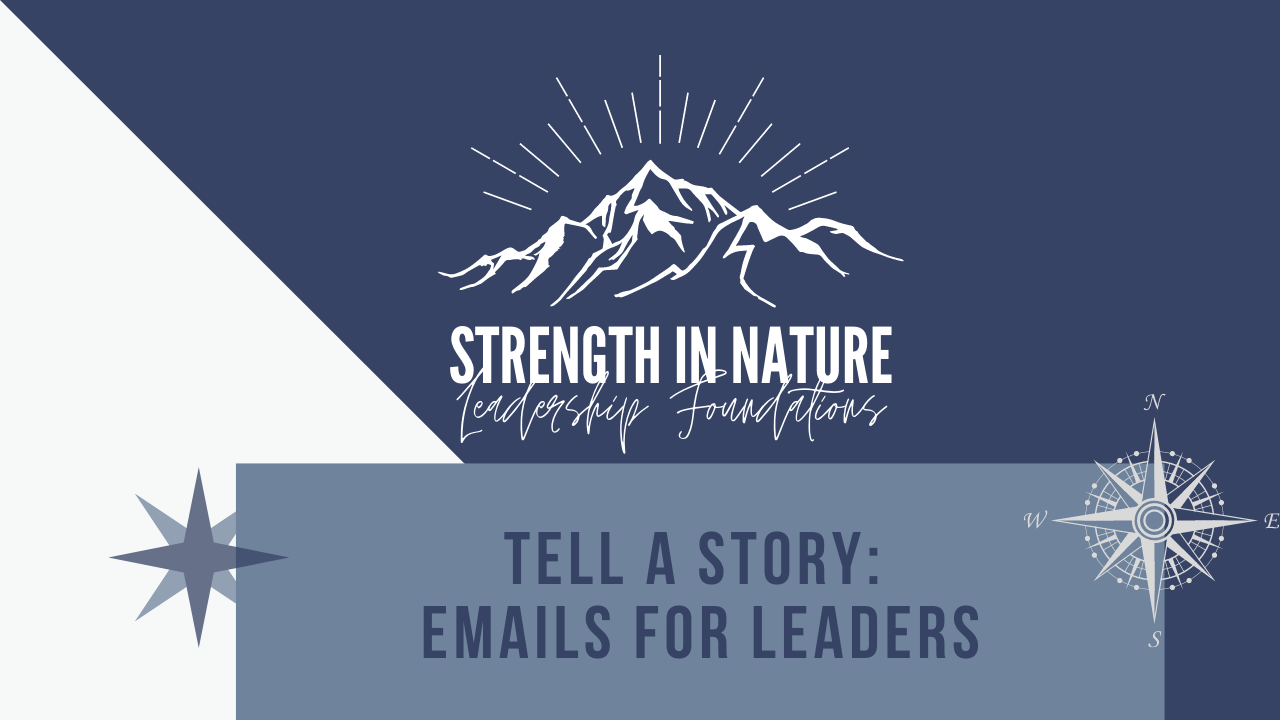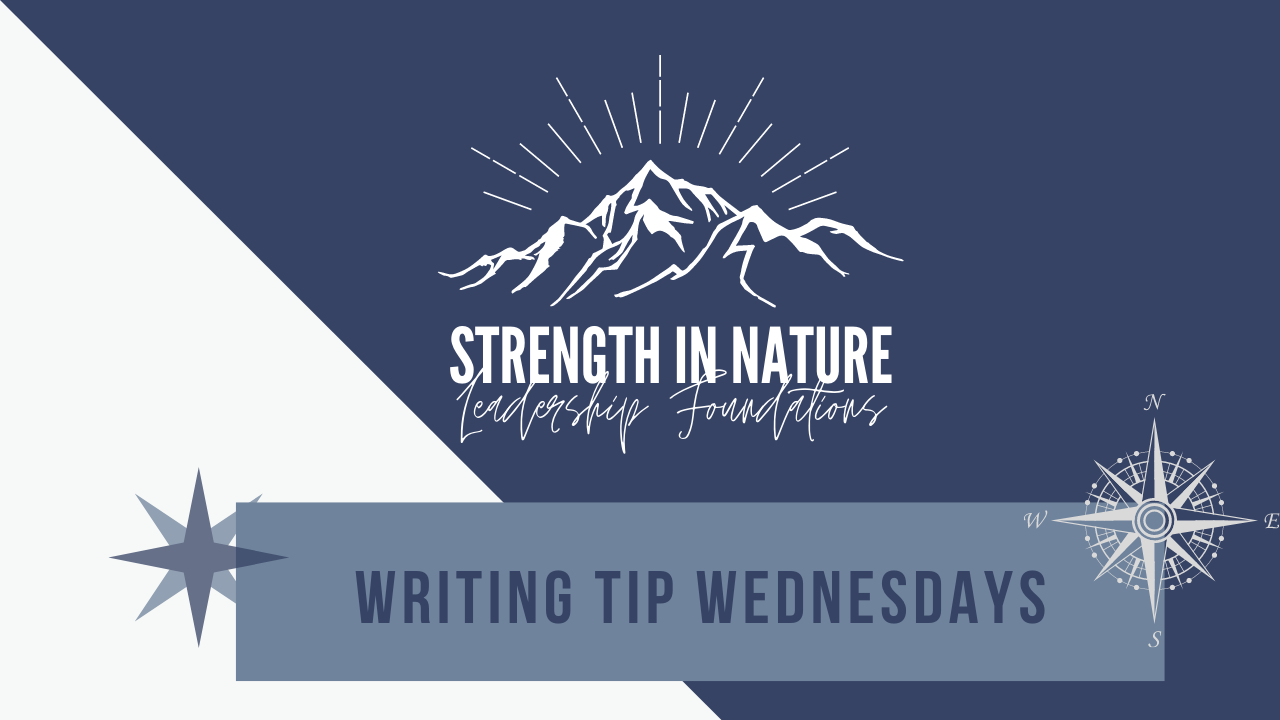Strength in Nature
Character. Community. Capability.
These three pillars make up Likeable Leadership as it is surrounded by the 12 elements to build trust. As a holistic synthesis of servant leadership and transformational leadership, you will learn of the the thought, research, and experience that went into developing the model.
Have you ever asked for help but maybe didn't get the help you thought you needed? Does asking for help intimidate you? Asking for help successfully is one part skill and one part mindset. Let's dive ...
Recently, we talked about Email Etiquette. One topic I'd like to highlight more specifically is the advantage of using a deadline or timeline in the Subject Line. When we are writing and considering o...
Etiquette | 'et * i * ket
: the conduct or procedure required by good breeding or prescribed by authority to be observed in social or official life (Merriam-Webster, 2021)
As leaders reaching ou...
This week's blog post focusing on writing brings you the TEACH method of writing. I have borrowed this method from Kent Sanders over at the Daily Writer Podcast. If you are intent on learning how to w...
Why are you writing an email?
Earlier in this series, we talked about telling a story and two different types of email formats: the CTA (call to action) and the CYA (cover your assets). Today, let's ...
Written communications for leaders require clarity and connection. As the authors of written communications, we seek to deliver information to our team members quickly and accurately in a manner they ...
Today we are going to talk about telling a story. If you are writing an email, you most likely have a specific point in mind. Most business emails fall in to one of two categories: CYA or CTA. First w...
Welcome to Writing Tip Wednesdays! Thanks for joining me. I'm so glad you are here.
Have you been writing more emails than you ever dreamed of? Wondering if the message is getting across to your team...
SIGNPOST NEWSLETTER
Want Helpful Leadership Tips Every Week?
With a passion for empowering others, Angela J. Buckley is committed to sharing practical strategies that help professionals at all levels become more effective, inspiring leaders. Sign up for Dr. Buckley's newsletter to receive the latest insights on Likeable Leadership.
You're safe with me. I'll never spam you or sell your contact info.


